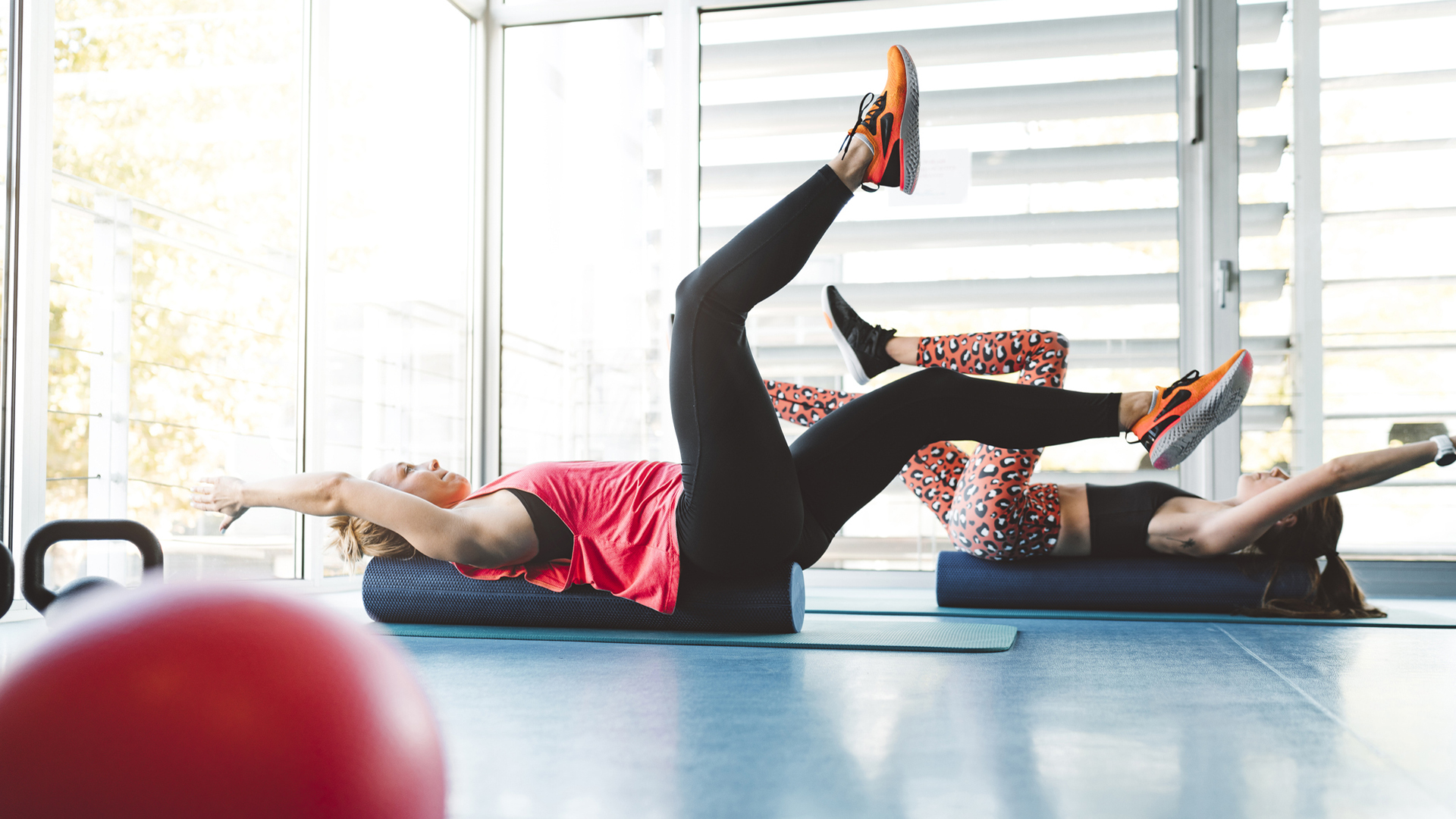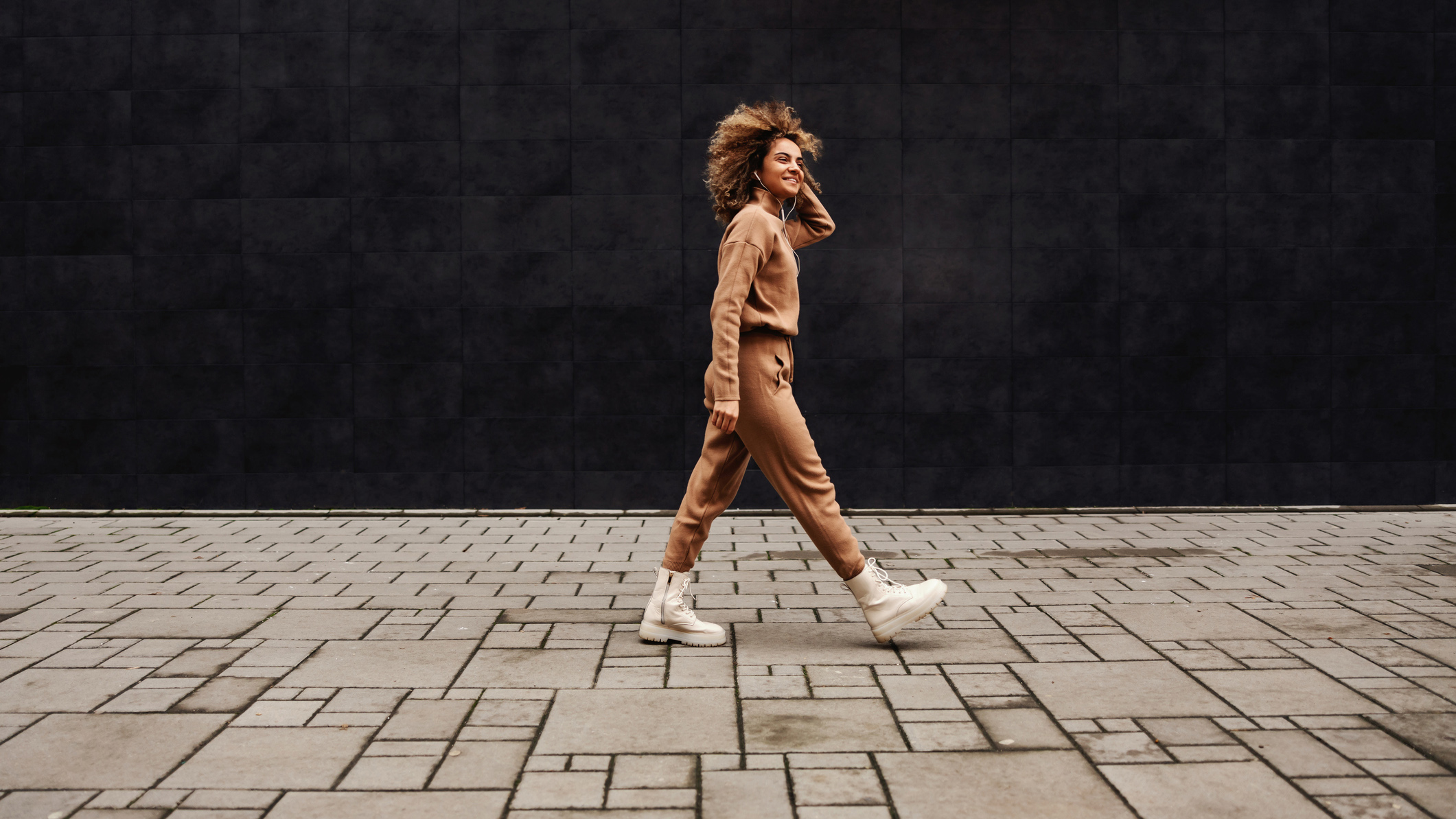Is the Dead Bugs core exercise the ultimate abs workout?
Dead Bugs strengthen your entire core and will help you reduce lower back pain


If you don't know how to do Dead Bugs, you don’t know what you’re missing. The Dead Bug – so-called because it involves lying on your back with your arms and legs sticking up in the air like a fly that’s well past its sell-by date – is a classic abdominal exercise that’s extremely popular with physiotherapists and PTs because it safely strengthens your core, back, spine and hip flexors in one hit while helping to prevent and reduce lower back pain.
If that wasn’t enough, Dead Bugs will test your balance, mobility, core stability and coordination, and improve your posture to boot, so you should definitely consider adding this move to your best home workout routine. Best of all, you only need a padded mat to do them, and there are plenty of Dead Bug variations to suit everyone, whether you’re a total beginner or have abs of steel.
Read on to find out how to do Dead Bugs.
5 reasons why you should do Dead Bugs
Core exercises are beneficial for a variety of reasons, so incorporating them in your home workouts is a good idea and highly recommended by fitness experts. Yes, they'll help you get a six-pack, but core exercises also strengthen the lower back and help you sit and walk more comfortably. Still not convinced? Read about all the benefits of Dead Bugs below.
1. They hit a lot of muscles
The Dead Bug is a great bodyweight exercise to include in your strength training programme because it works so many muscles compared to bog-standard sit-ups or crunches that can also put a strain on your back and neck. When done correctly, Dead Bugs will target your deep core muscles like the transverse abdominals and erector spinae muscles, as well as your pelvic floor and hip flexors.
2. They engage your body and your brain
The action of moving opposing limbs in tandem (known as contra-lateral limb engagement) through a full range of motion will challenge your coordination and stabilization muscles to help improve your mobility. For this reason, they make a great warm-up exercise for runners, swimmers, cyclists and those doing plyometric workouts, as well as being a fantastic standalone strengthening move to use during core workouts.

Even walking will be easier if you do Dead Bugs
3. They help with all kinds of movement
Dead Bugs can help you build a strong, stable core that will help to protect the spine and reduce the risk of lower back pain. Moreover, they’ll help you to create a solid foundation that will aid your everyday movements and workouts, helping to transfer the movement between your upper and lower body whether you're walking, deadlifting, throwing, jumping or squatting heavy loads.
Get all the latest news, reviews, deals and buying guides on gorgeous tech, home and active products from the T3 experts
4. They’re great for beginners
If you find planks too challenging, Dead Bugs provide a safe and effective way to improve your core stabilisation because your core remains fully supported on the ground. If you find regular Dead Bugs too hard at first, start off with simple single-leg toe taps (Youtube link), before performing just the lower body part of the Dead Bug exercise without the arms.
Alternatively, keep the arm movement in and try sliding one leg away from your body or towards the body while keeping the foot on the floor. You can also reduce the difficulty of Dead Bugs by keeping the range of movement smaller (not lowering your limbs so far to the ground).
5. They have loads of variations
Once you’ve nailed perfect form, you can easily adjust Dead Bugs to make them harder. Try adding resistance to the lower body by adding ankle weights or using a resistance band around the feet, and up the ante on the upper body by incorporating a pair of dumbbells or a kettlebell. For a really tricky challenge, you can also try this Medicine Ball Dead Bug (Youtube link).
How to do Dead Bugs
- Lie facing up on an exercise mat with your legs resting flat on the ground and your arms lying by your sides, palms facing down. The back of your head should be resting on the floor throughout this exercise with your chin tucked slightly under.
- Engage your core while maintaining a neutral spine and pelvis, then slowly bring your knees towards your chest until they are positioned directly over your hips. Make sure your hips and knees are both bent at a 90° angle so that your shins are perpendicular to the floor.
- Keeping your arms straight, raise them both into the air so that your elbows are directly over your shoulders. This is your start position for all repetitions.
- Maintaining a neutral spine, slowly extend your left arm and your right leg to the ground. Pause when both limbs are an inch or two above the floor and keep your right arm and left leg in the start position.
- Next, slowly return your left arm and right leg to the start position, then repeat the movement with your right arm and left leg, keeping your left arm and right leg in the start position.
- Continue alternating this movement slowly and with control, exhaling as you bring your knee to the chest and inhaling as your return your leg to the start position. Beginners should aim for 2-3 sets of 5-10 repetitions on each side with good form, gradually increasing your reps as you get stronger.
Things to avoid when doing Dead Bugs
It is essential that you engage your core muscles throughout this exercise to encourage a safe, stable movement that won’t put pressure on your back. But contrary to what some online guides will tell you, this does not mean that you should tuck your pelvis under or pull your belly button to the ground.
Keeping your core braced while maintaining a neutral spine and pelvis is what’s important when performing Dead Bugs, especially if you want to move in a way that will enhance your sporting performance. That said, you don’t want your back to arch off the floor and put a greater strain on your lower back. If this happens, try reducing the range of your limb extensions so you maintain proper form.

Jo is a London-based freelance journalist and content creator specialising in fitness, health, lifestyle and beauty. With a degree in Journalism, Film & Broadcasting from Cardiff University and almost 20 years’ experience in the industry, she interviews celebrities and Olympians for a living, while testing out the latest beauty, hair, wellness and fitness gadgets. As a Level 3 Personal Trainer and author of several fitness guides, she gets to try the coolest workouts while reviewing active travel destinations and writing investigative features about the wonderful world of wellbeing for many of the UK’s top magazines, newspapers and digital publications. When she’s not sitting at her laptop, Jo likes exploring new walking spots with her beagle, gardening, and DIY. She is also one of the few people on the planet still obsessed with what’s coming up in Phase 5 of the Marvel Cinematic Universe.